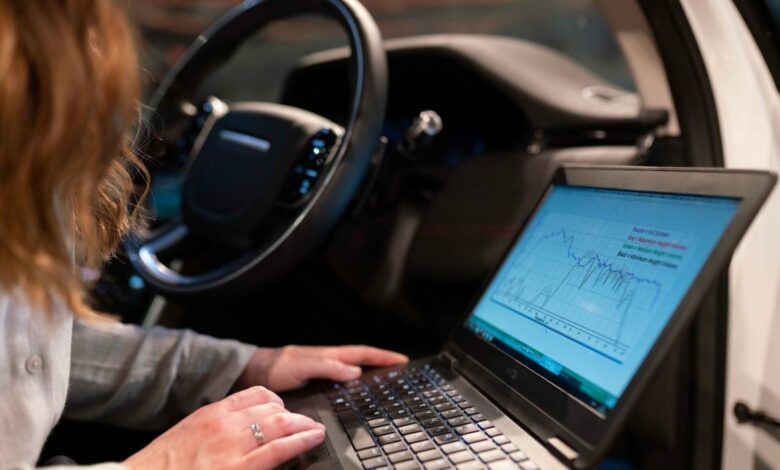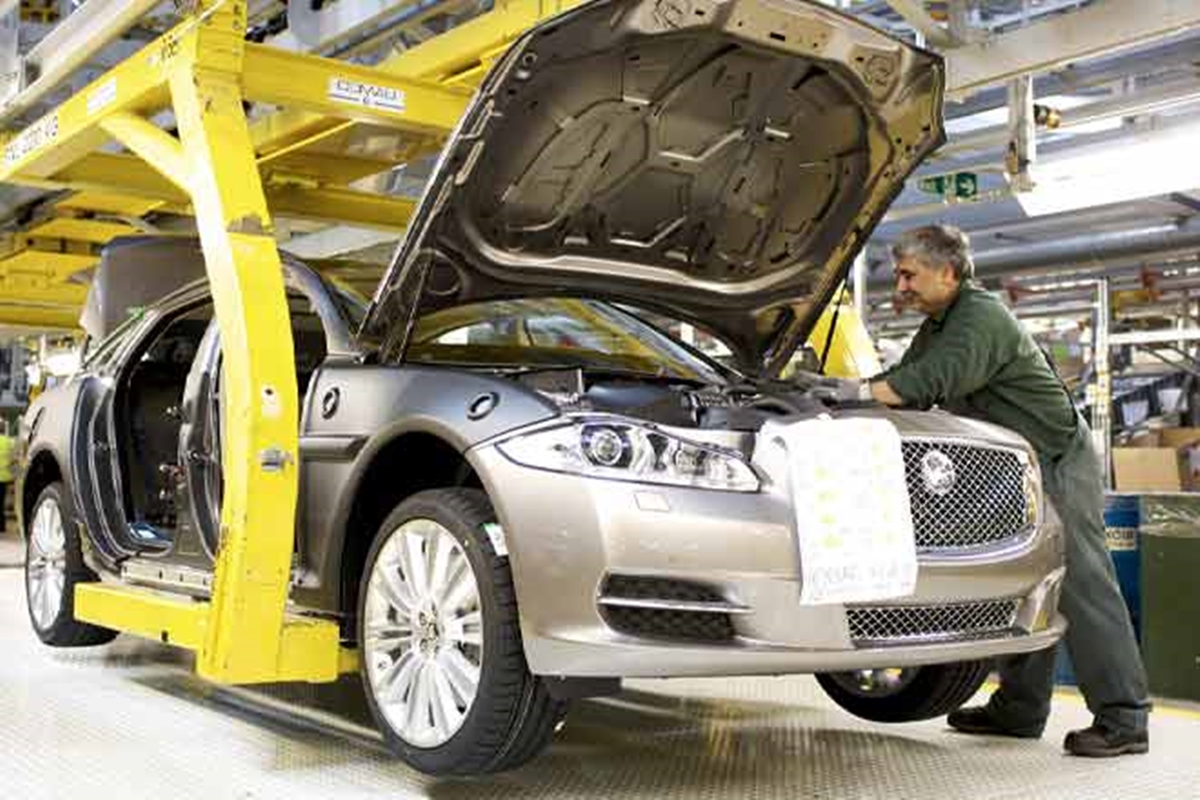India’s auto sector will be transformed by disruptive technology trends in 2022

India’s auto sector will be transformed by disruptive technology trends in 2022
Automotive technology adopters have already garnered more than $400 billion in investments over the previous decade, with 25% coming after 2020. This clearly shows that technology is come to disrupt, and in a big way! That is the truth of life nowadays. While the pandemic is nearing its end, the automobile industry has grown more sensitive to technology interruptions than ever before to maintain business continuity despite prospective threats.
When you factor in the need to be ready for 2055, countries all over the world are starting to see the benefits of electrification and technology, which will enable the “Fit for 55” mandate, which calls for a clear alignment on climate, energy, land use, transportation, and taxation policies to reduce net greenhouse gas emissions by at least 55 per cent by 2030.
A major percentage of these technologies may be simply grouped into a few identifiable buckets to define the main areas of effect.
Global context

The European Union unveiled its “Fit for 55” initiative, which aims to cut net greenhouse gas emissions by at least 55 per cent by 2030, while the Biden administration set a target of 50 per cent electric vehicles (EVs) by 2030. Most countries now provide EV subsidies in addition to requirements. By April 2026, the Indian government intends to require cab-hailing businesses such as Ola and Uber to “transition 40% of their fleet” to electric vehicles.
The government’s efforts to postpone implementing a comprehensive EV policy in favour of an action plan illustrate the importance of moving quickly.
While the majority of the industry views mobility in terms of consumer versus vehicle-based mobility, there is a need to examine mobility as a whole from the perspective of end-users and value-added benefits.
Phases of consumption

Across businesses, the customer cycle is the same: decide to buy, study options, buy the product, use the product, and maintain the product. The care industry is no exception. However, being able to separate technologies is crucial for mapping the direct impact on customers.
- The Consumer Journey – Stages of Awareness and Purchase Decision
When a customer decides to spend money or time on a new product, the first thing he does is look for information. 2D advertisements on social media or Google, as well as research materials and evaluations, are the majority of the current possibilities. This has begun to change with the introduction of AR/VR and the metaverse.
The end-user may examine the product closely, feel it, and see how it fits into their environment from every perspective. While cost may appear to be a deterrent to wider adoption, some experts are working to make this a viable option for meeting the 1% of top-line targets established by various companies.
- Exploration Stage
The consumer typically starts evaluating a variety of factors once he or she has decided to buy a product. An end consumer evaluates any product based on the following characteristics:
- Safety
- Affordability
- Recurring costs
- Maintenance costs
Innovative technologies that will help consumers make better decisions include:
- Showrooms in the Metaverse
- E-commerce delivery and distribution at the last mile
- Ecosystems that are enabled
The problems of the conversion funnel will decrease, supporting the marketing and sales mechanisms, as the automobile industry aids the end consumer’s capacity to see or feel a drive, as well as the benefits of an enabled and comprehensive eco-system.
- Stages of use and maintenance
This is and will continue to be, the most essential stage in the consumer product consumption cycle. While the first section of this stage is devoted to the capacity to enjoy a new purchase, car manufacturers and sellers may extend this euphoric sensation for a longer duration if the fundamental prerequisites for the experience to endure are met. Cost-effectiveness, ease of use, and lack of complexity are some of these features, especially for mass commodities.
Consumers will be enabled by the following disruptive technologies at this stage:
- EV battery swap
- Chargers based on induction for EVs
- EV and non-EV fuel technologies
- Vehicles of all types can be detected for collisions
- All vehicles connected to IoT through our service partners
- Ecosystem that enables
- The device contains pooled data
The issue becomes, what are the important characteristics that end users are seeking? And what do these technologies have to offer that isn’t currently accessible on the market? When a consumer purchases a product, he seeks cost efficiency, simplicity of maintenance, unified information, preventative maintenance, and, most importantly, preventive damage management.
India’s tech-savvy shopper shares a typical day with us

The majority of information will appear to the end-user as jargon. The transformational impact will remain significant. For example, if the brake oil or engine oil levels have plummeted and need to be renewed within a day or two, a linked and enabled eco-system will be able to send out signals.
These gadgets will be able to provide pre-emptive alerts based on driving patterns and road conditions, lowering maintenance costs dramatically. The possibility to improve the vehicle’s lifetime is also something that the majority of customers strive for. Some disruptive technologies may influence this to some level.
India reports 17 accidents per hour on average. This does not account for automobiles that have collided or have dents, all of which result in higher maintenance costs. Collision detection technologies will have a direct influence on these figures, lowering them. Service providers like us will be able to shorten the time it takes to reach a client who has a breakdown thanks to a highly empowered eco-system.
With pooled data in the backend, service providers will be able to arrive on-site with the appropriate solutions, enhancing client convenience and success rates.
Overall, disruptive technology in the automobile industry is here to stay; whether it’s for consumer empowerment or global safety, we’re in the midst of a revolution in the industry. Technology is driving this change.
edited and proofread by nikita sharma




